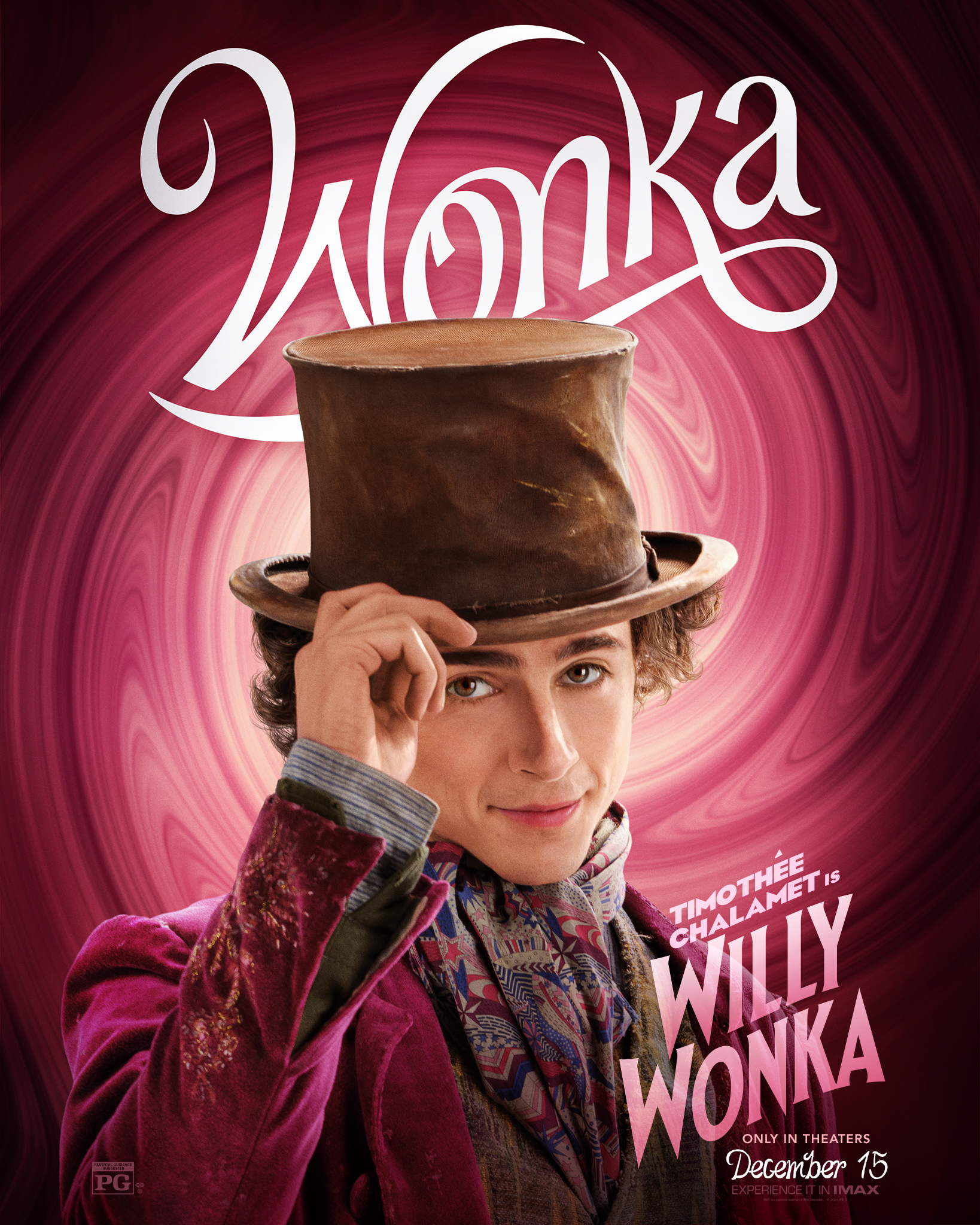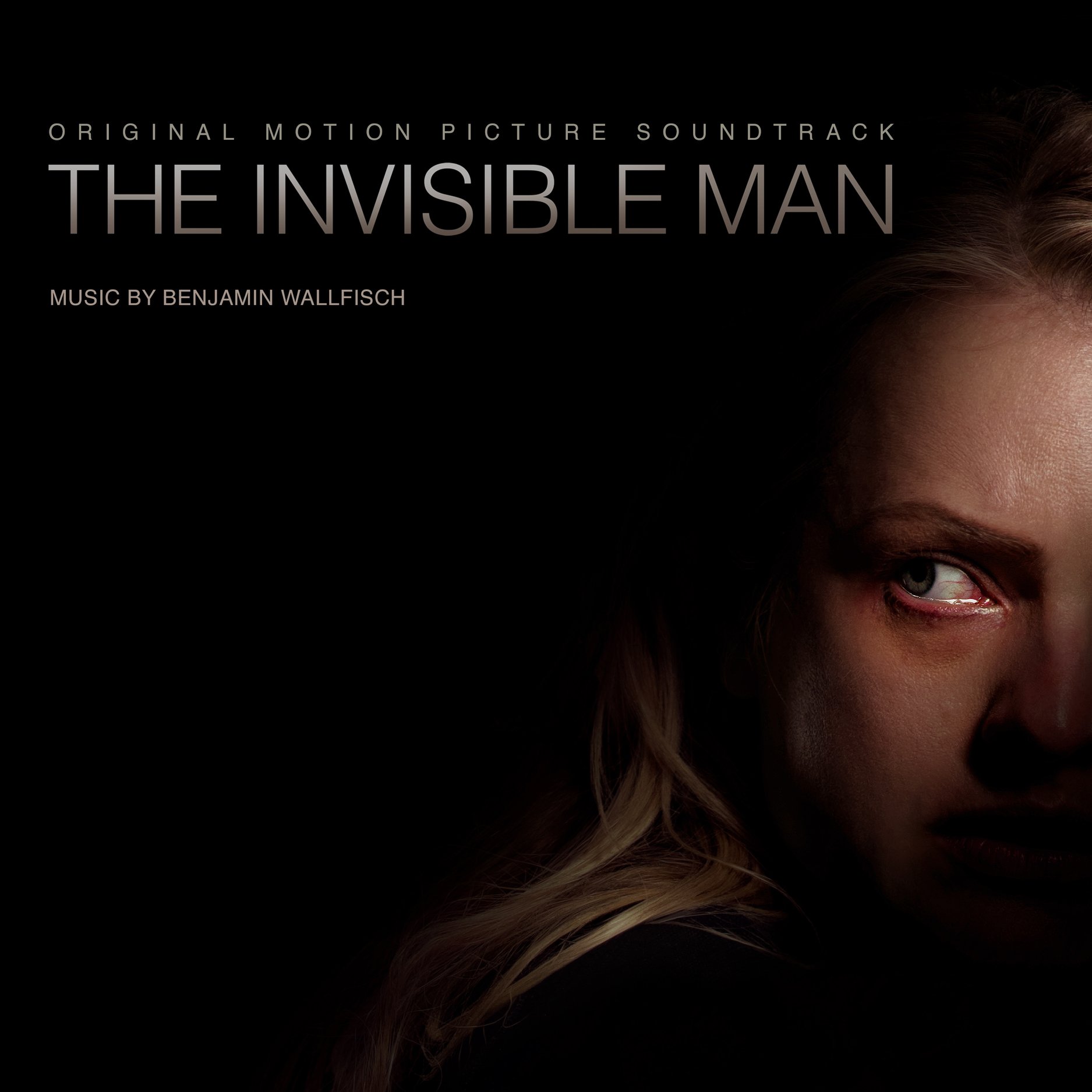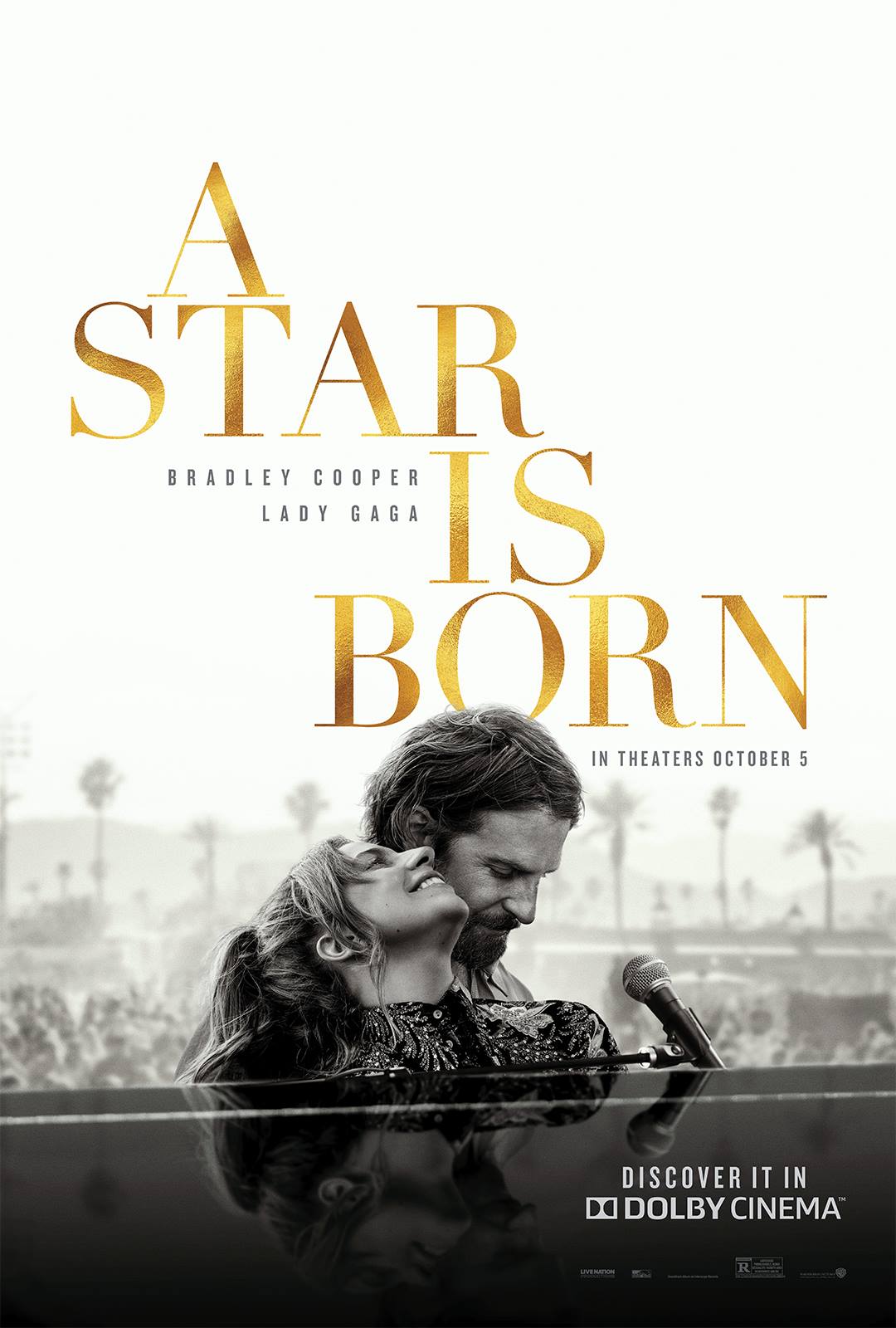Ever wonder why it's so easy to go back to the old classics? Venelize de Lange from media update explores what legacy brands can learn from movie remakes, and how they always keep their audiences coming back for more.
Hollywood has a habit of returning to the old favourites. We first saw this with sequels, like Shrek 2 and The Bourne Ultimatum, then most recently with Top Gun: Maverick and Freakier Friday.
However, in the last few years, there have been less sequels and all the more remakes. From Lilo and Stitch to West Side Story, studios have learned that audiences crave the comfort of the familiar — but only if it feels like a fresh take on a beloved favourite.
The trick, here, is balance. Lean too heavily into nostalgia, and the remake feels dull. But stray too far from the original? Then fans will revolt. You'll find that the most successful remakes are those that respect their roots while reimagining the story for a new generation.
Legacy brands, too, face a similar dilemma: revive old beloved identities or risk fading into irrelevance. Consumers might recognise a legacy brand's name and even have emotional ties to it, but recognition alone doesn't guarantee interest or relevance.
That is why marketers, especially, can learn a lot from movie remakes. Just like a movie remake must speak to both loyal fans and new younger audiences, a heritage brand must win back existing customers while reaching a new market that has grown up with endless choices.
By looking at the strategies behind successful movie remakes, legacy brands can find a blueprint for reinvention: one that blends nostalgia with innovation, credibility with freshness and heritage with cultural resonance.
So, legacy brands, pay attention, because here's your ultimate guide to marketing like it's a remake:
Nostalgia Works, But Not On Its Own
The pandemic reminded many consumers of the joy of rediscovering the past. Steaming services opened the vault for shows like Friends and The Fresh Prince Of Bel-Air, while remakes such as Wonka packed in Easter eggs for millennials and grabbed the attention of their kids too.
This overlap between old and new mirrors what successful remakes achieve: multigenerational engagement. Parents get to relive childhood memories, kids discover something new and exciting while connecting with their parents, and even grandparents can join in with an “I remember you watching that when you were little…"
Yet, nostalgia should be the side dish, not the main course. Brands that rely only on heritage risk being dismissed as dated. Like movies, legacy products must create emotional connections that go beyond reverence for the past.

Via Facebook
Adapt to Cultural Shifts, Not Passing Trends
A major reason why movie remakes flop is because they mistake trends for timelessness. The 2018 Robin Hood disappointed fans, young and old alike, as it rehashed the classic legend into a trend-based blockbuster with more attention paid to aesthetics than to the storyline.
Yet, 2020's The Invisible Man remake did exceptionally well, because it reframed a classic theme — fear and power — in a way that spoke to today's cultural conversations. For brands, the lesson is clear: heritage must be updated in line with present cultural shifts.
Reebok, for example, has a treasure trove of heritage in sport and lifestyle culture. But to rebuild relevance, it must go beyond vintage sneakers and connect to current values such as inclusivity, individuality and sustainability. A great brand refresh doesn't discard history — it rearticulates it for the world we live in now.

Via Facebook
Introduce Something New
The most enduring remakes don't just copy the original; they add new characters, storylines, or stylistic twists. A Star Is Born has been remade four times, but each version felt fresh because it introduced new voices and cultural perspectives.
Legacy brands can do the same. Yogi Sip, for instance, evolved from kiddie yoghurt to launching the adult-focused Kultur line (Mojito, Vanilla Latte flavours etc.). This transformed the product experience to align with customers who have grown alongside the product.
Marketers should think about unique assets a brand already has — mascots, jingles, or even impact-worthy old commercials — and then ask, “How can these be revived in ways that feel contemporary, but still stay true to the brand?”
Legacy brands that carefully mine their history while introducing something new can then stand apart in markets crowded with disruptive newcomers.

Via Facebook
Rolling Credits
Hollywood remakes show us that revival isn't about copying the past, but instead it is about thoughtfully weaving past strengths with present-day resonance. Nostalgia can open the door, but innovation keeps the audience locked in.
Legacy brands must 'remake' themselves with intention by honouring heritage, staying in touch with the cultural landscape and introducing something compellingly new.
In short? Nostalgia can invite new eyes, but relevance keeps them watching.
Did you enjoy this article? Let us know in the comments section below.
*Image courtesy of Canva